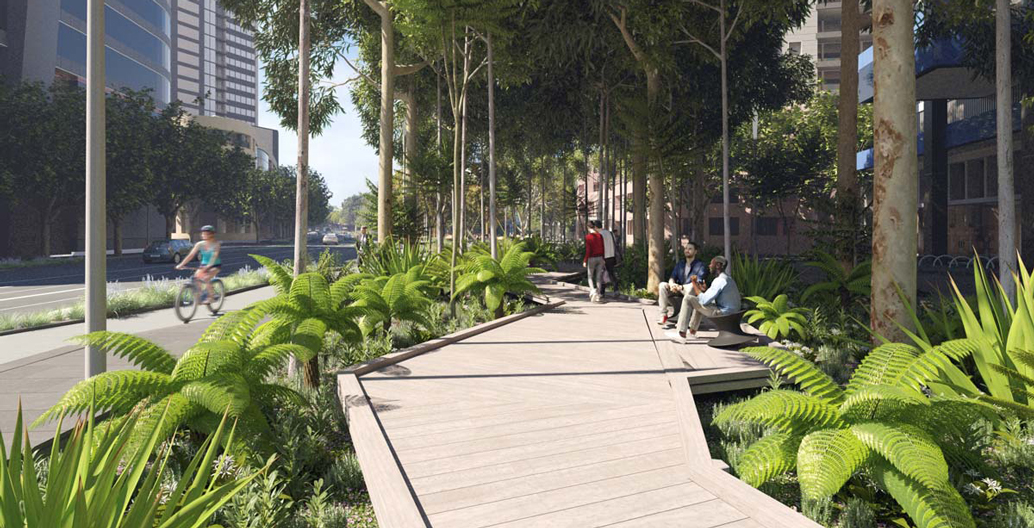

When designing an urban site, it is important to consider its surroundings. Design spaces that are part of something bigger

What is the current situation downtown? What does the city hope to achieve? What do people need that they don’t have? What do people have that they don’t need?Ī thorough community engagement process allows you to better understand the community you are planning for.

That’s why a new urban space requires a robust community engagement process prior to planning-you need to get into the heads and hearts of the people you’re designing for. Every city has its own set of conditions and challenges. Every city has different wants and needs. A memorial is a good example of an emotional story.īefore you even begin planning an urban open space, it is critical that you consult with the surrounding community. Emotional: These stories help a space bring out our thoughts, feelings, and experiences in reaction to what is being viewed.Imaginative: These stories elicit an intangible yet real feeling that can transcend the worries of everyday life and transport users to their own “happy place.” Using site clues, designs, or amenities, open spaces can spur imagination, triggering thoughts and images that are not actually present.Stories inspire when a project makes a user feel something. Inspirational: Providing a connection to the site or a surrounding context, these stories-told through project design-influence a user by evoking internal feelings of beauty, creativity, or astonishment.Playful spaces can positively affect health. Playful: Recreational, whimsical stories that rely on active play to increase joy and enhance creativity.A nod to history can ground people in the area, as well as preserve or establish local tradition and heritage. Historical: These types of stories are based on the real history of a site, or even an “embellished” history.In the context of mapping out urban places and designing spaces that speak to the users, the story can take on many forms: A good story can create connections between a site and its users by tapping into shared experiences, common values, or the excitement of experiencing something new. But what do these approaches to designing open spaces have in common? They focus on telling a story that resonates with communities and ties them into an urban center with a unique identity. Is your open space telling a story? If so, what is it? Following are five keys to successfully planning and programming your urban community open space projects.ġ. We’ve worked on several urban park projects around North America. So, when we’re planning a park for a downtown population, we always design with a strategic open space in mind. Open space (comprised of both green space and gray space) is one of the most important elements in making a downtown city center feel more like an urban community. And in North America, more than 82% of people live in urban areas-a number that is only on the rise.Īs we continue to build up our cities, we are realizing the significance of urban open spaces. The more people, the more urban infrastructure is needed to support the day-to-day life of city dwellers. But what are the results? A process of rapid urban development, for one. We know the primary cause of this trend: Cities tend to offer more economic, social, and political liberties than rural areas. In fact, the United Nations estimates that more than two thirds of the world’s population will live in urban areas by 2050. Globally, people are flocking from the countryside to city centers. One of the major global trends that we’ve seen during the last 50 years has been the steady shift of populations from rural communities to urban areas.


 0 kommentar(er)
0 kommentar(er)
